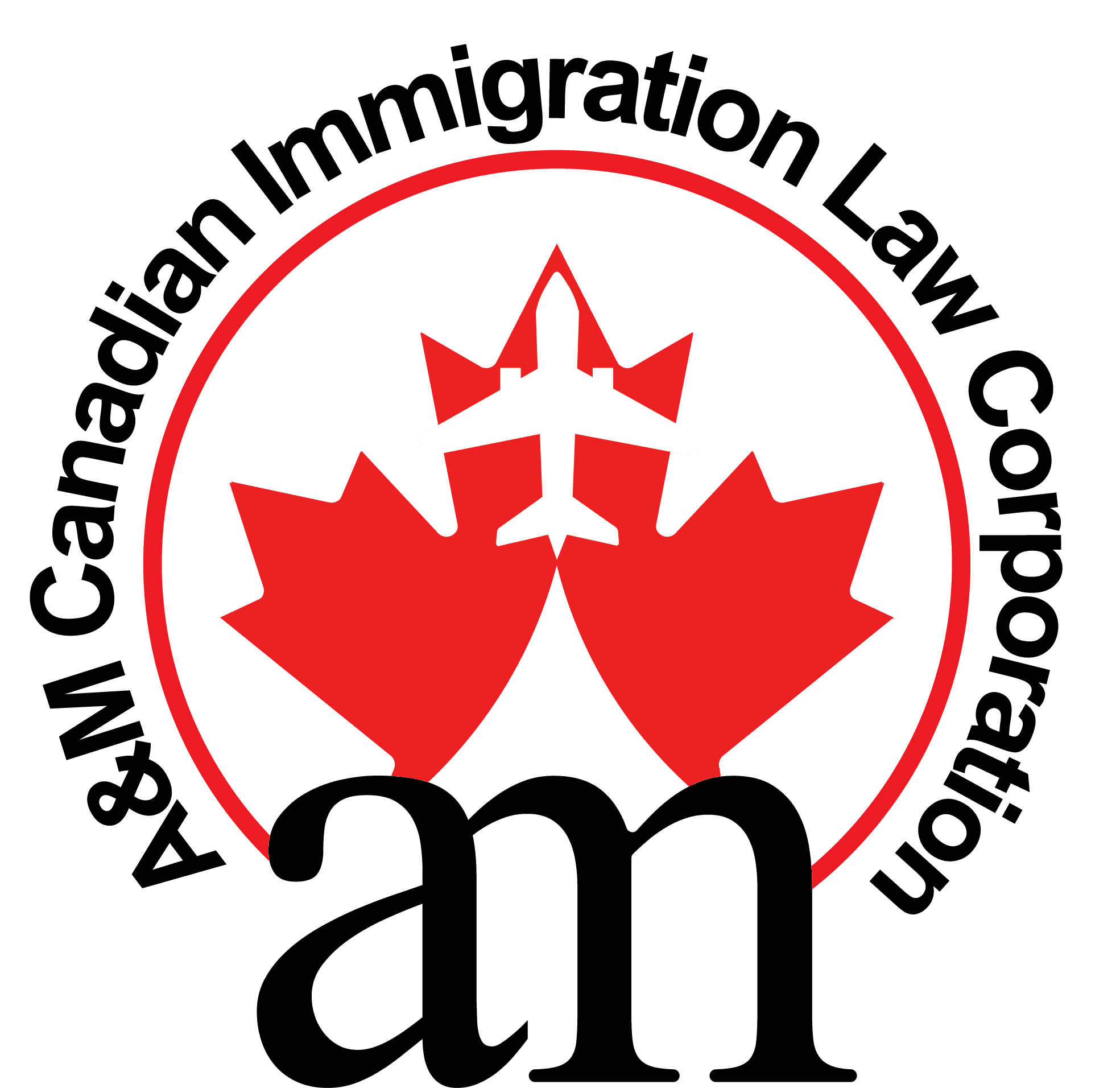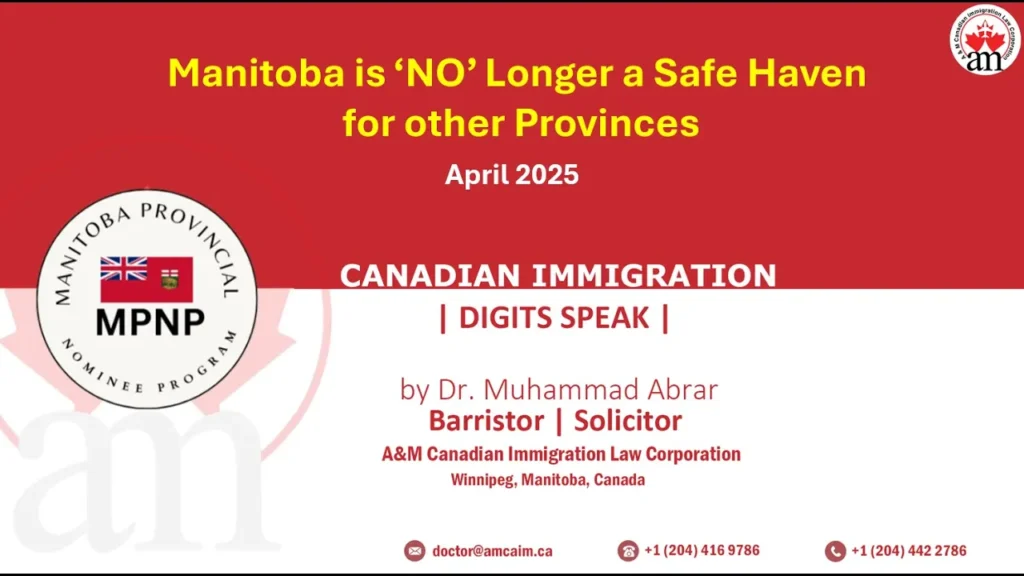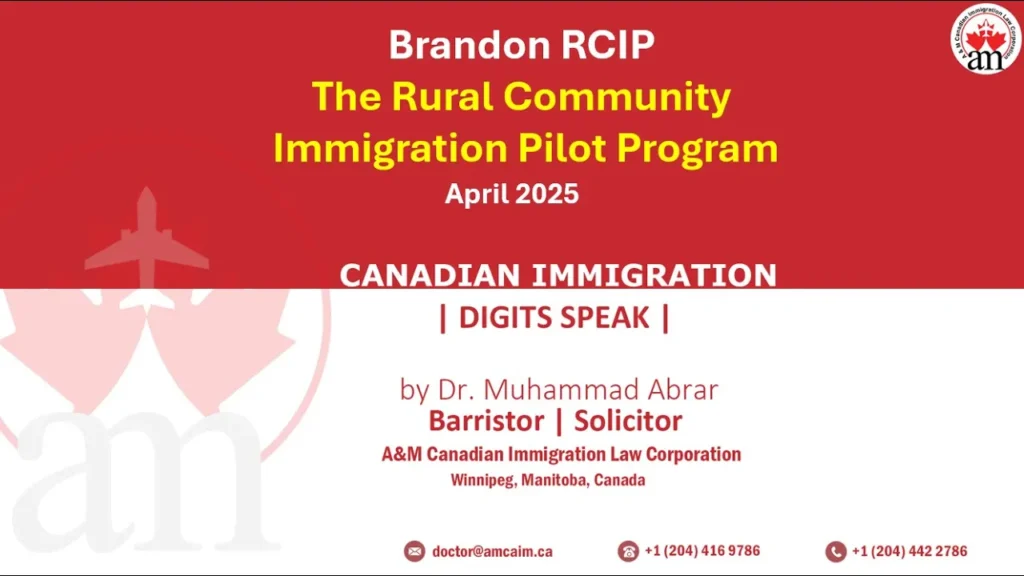
Major Cut in IES (International Education Stream)
https://youtu.be/w7xQlqfVV2Q?si=nQkhu-UOeF29B9J3 The International Education Stream (IES) under the Manitoba Provincial Nominee Program (MPNP) used to be a promising option for international students aiming to become permanent residents. But as of 2025, the game has changed—drastically. 2025 became a harsh reality for IES applicants. In previous years, IES was one of the most straightforward pathways for international graduates in Manitoba. But 2025 has brought major cuts. Total MPNP quota: Reduced to just 4,750 nominations and Only 331 of those are expected to go to IES candidates—less than 7% of the total. As of now, only 78 candidates have been accepted till now with strict conditions. The sad reality is that most IES candidates Will Not Qualify This Year. Competition is fierce, the bar is higher. Now, It’s All About Strategic Immigration Planning. If you are an IES candidate in Manitoba right now, your future depends on a well-calculated immigration plan. No shortcuts. No blanket advice. Just smart, tailored strategy based on your individual profile. And that’s exactly what we offer. At A&M Canadian Immigration Law Corporation, we are committed to provide clear Advice in Uncertain Times. We offer clarity, experience, and realistic solutions based on statistical analysis. We are proud to be the only firm in Manitoba holding 5-star google reviews from more than 830 clients. Thanks to our valued clients who recognized us as one of the best immigration law firms in Winnipeg. Book Your first Free in-person assessment today. Contact us to start your personalized assessment now.





